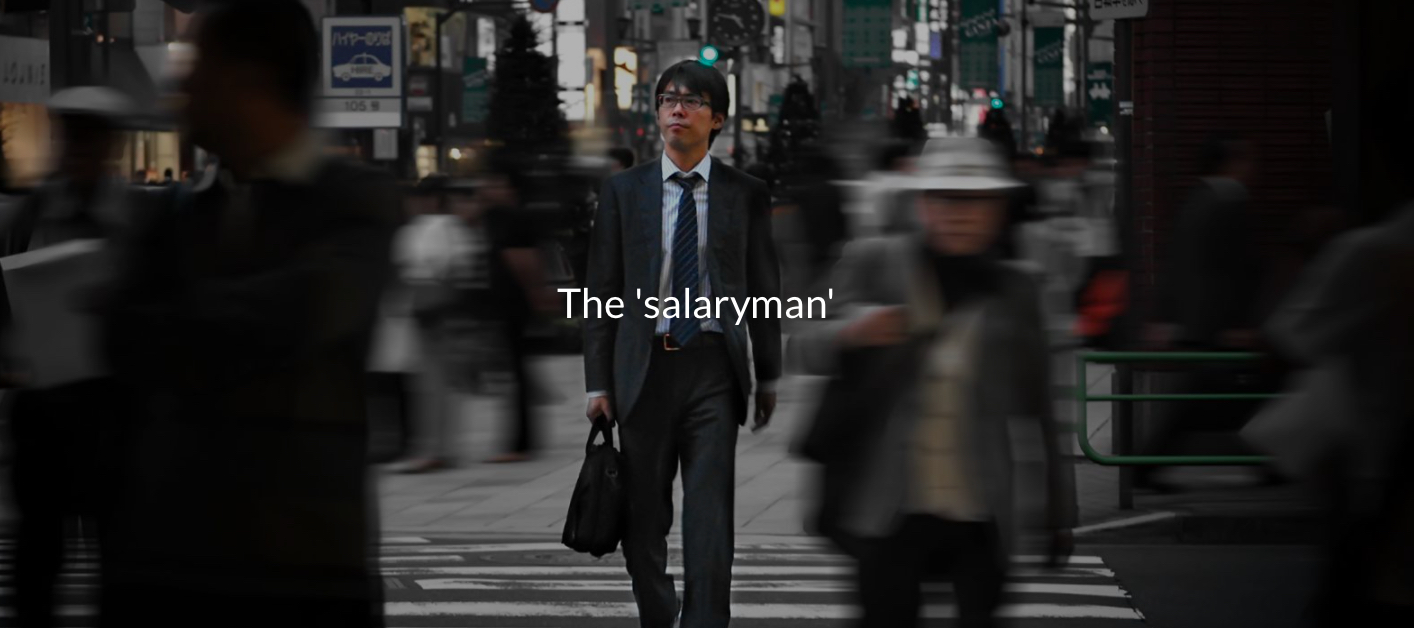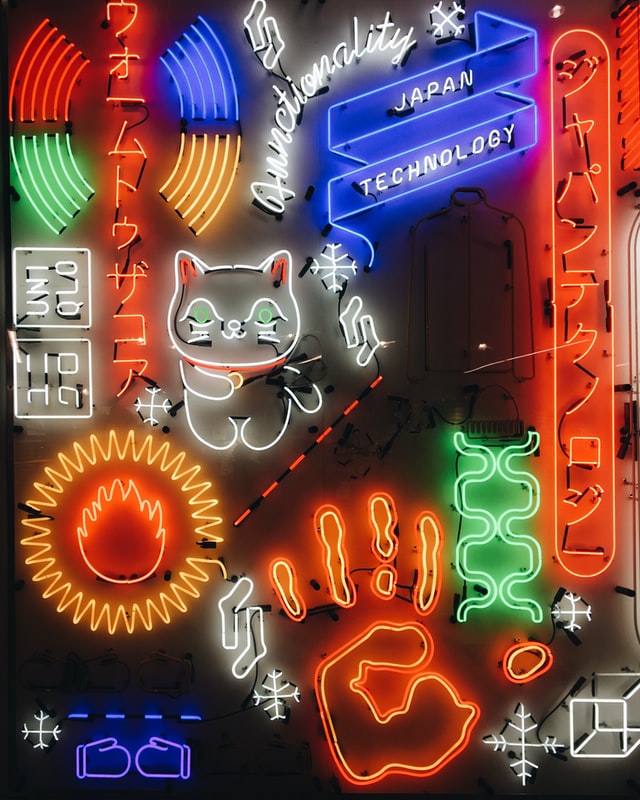The Inscrutable Salaryman

For many westerners the Japanese psyche is an enigma. Descriptions of the inscrutable Japanese have been used ever since the west came in contact. One of the first westerners to live in Japan, a Jesuit called Joao Rodrigues,
seems to have understood the Japanese mask uncannily well. Rodrigues arrived in 1577. The Japanese have three hearts, Rodrigues surmised: ‘… a false one in their mouths for all the world to see, another within their breasts
only for their friends, and the third in the depths of their hearts, reserved for themselves alone and never manifested to anyone’. Outwardly there is little sign of emotion on the Japanese face, but inwardly and secretly they
are a highly emotional people.
For all who know anything of Japan, every Japanese wears a mask. The mask presents a face of sameness, where the many emotions and individual traits of self are hidden. Like all people the Japanese experience
the whole spectrum of human emotion, but history taught them that concealment was the much safer option for survival in a highly hierarchical and harsh feudal system. Today in Australian vernacular this can be likened
to the “tall poppy syndrome” where if you raise your head too high it will be chopped off!
Over successive generations the Japanese learnt that concealment of self was not only the safe option but the one that was always necessary to survive within a group – be it clan, business or family.
A situational ethic exists when considering the mask on each face. The actual features of the mask are determined by your rank within your group or the society as a whole. If you are a corporate executive, you wear a “corporate
executive mask” while his wife wears a “housewife mask”, and their children their “school kids” mask. All masks conform to societal norms but vary according to perceived rank and importance within society.
In this way, individuality in Japan is effaced, but the individual still exists. However, the mask has been worn for so long that it is extremely difficult for the Japanese to know anyone else fully. Japan is a nation
of effaced personalities hidden behind masks of sameness. The lesson of concealment has been learnt so well over the generations that the average Japanese has significant difficulty in revealing and discussing their internal
emotions, problems and aspirations with anyone.
In Japan there is a specific term for what is hidden – ura. The ura literally means “back” or “inside”. This term is often used to explain much about Japanese behaviour and emotion – for so many people are considered
unacceptable for display and are ura. Many emotions are held totally privately, often never to surface such as uragiri or betrayed. Or individuals or a group may decide to hide the truth from others and the ura is used in ways
such as kuchi ura wo awaseru to arrange to tell the same cover story to hide a truth.
Utmost in the Japanese consciousness is belonging. To belong harmoniously within your group is paramount for survival. The Japanese mask both conceals true emotions and creates order and harmony of the group through sameness.
Emotions are unsullied and innocent, which is why, when the Japanese expose them, they appear childishly sentimental. One simply needs to go out drinking with a Japanese businessman (salaryman) after their extremely long
day’s work to discover this internal conflict. As the drinks flow, so the face is unmasked and many an emotion and a tale bubble to the surface.
Every culture has its masks, its shadow side. The difference with the Japanese mask is that it is worn as a societal norm, just as one wears a pair of shoes when going out. In the west masks are used by individuals to
hide specific emotions and intent from others and are rarely used as a continuous life process as in Japan.
© Kiyoshi Matsumoto, 2023, Sydney, All Rights Reserved




No responses yet